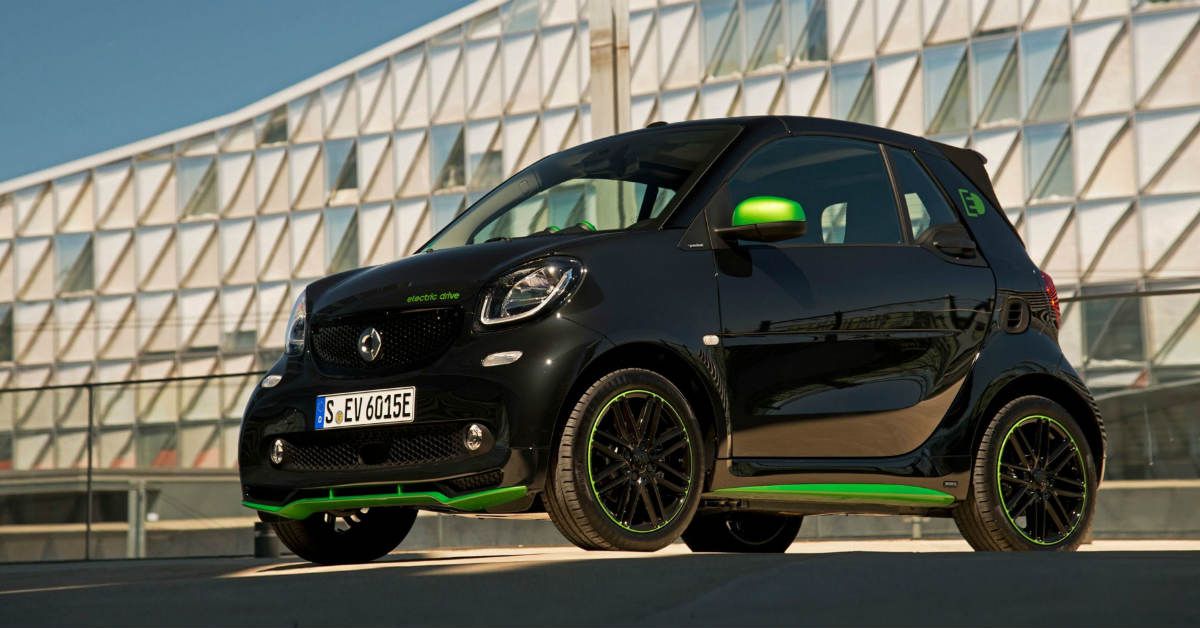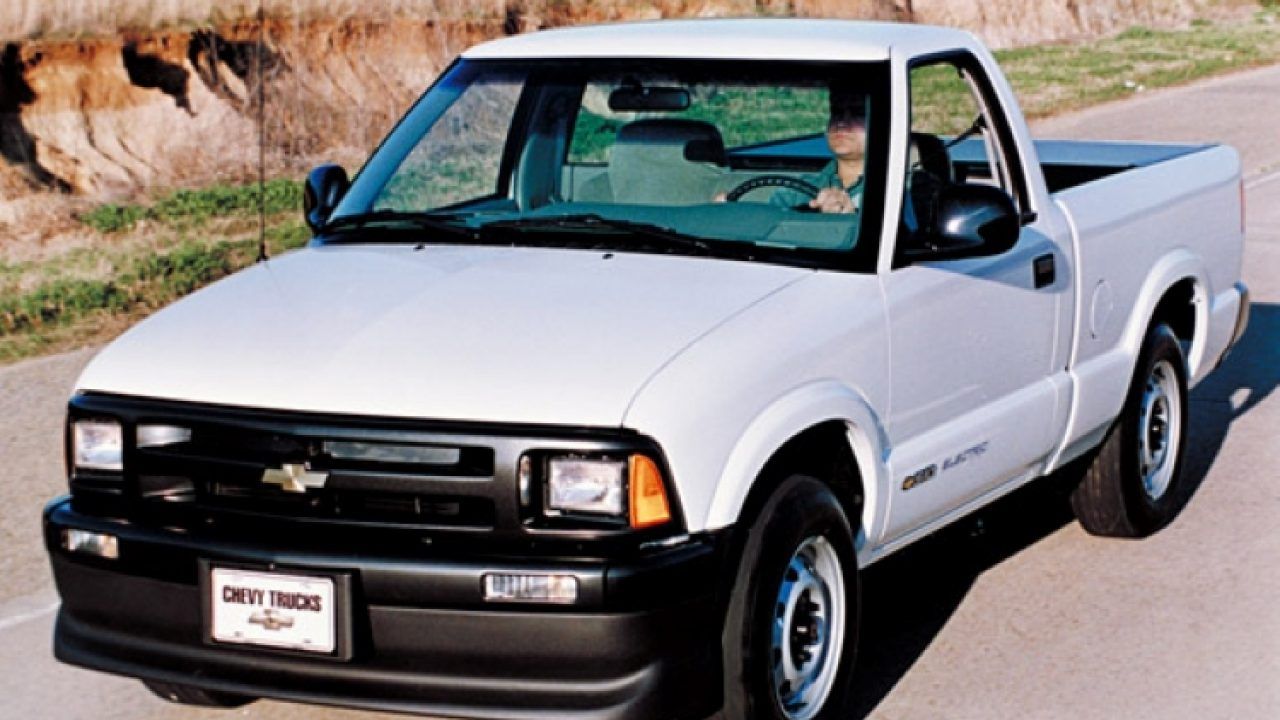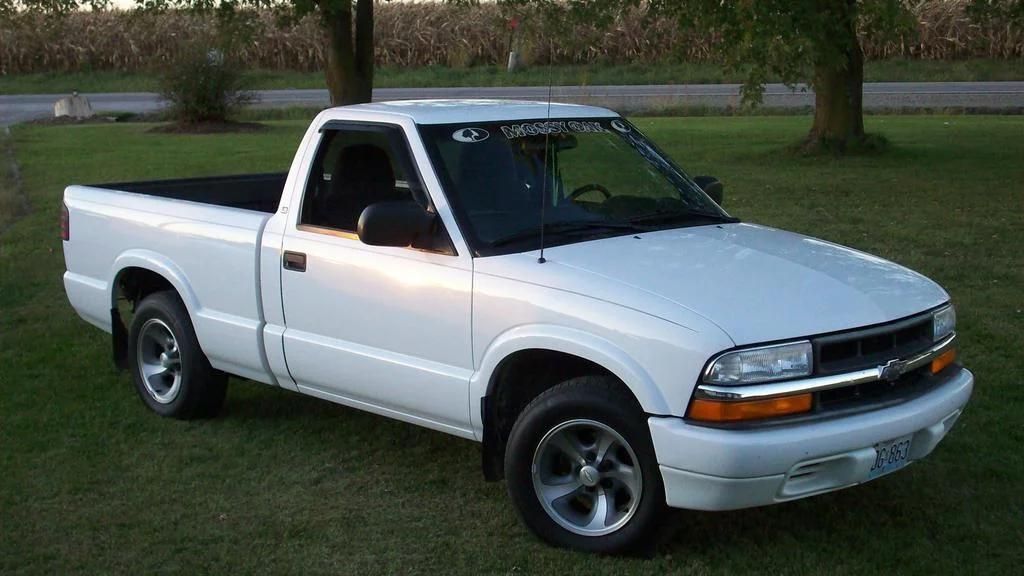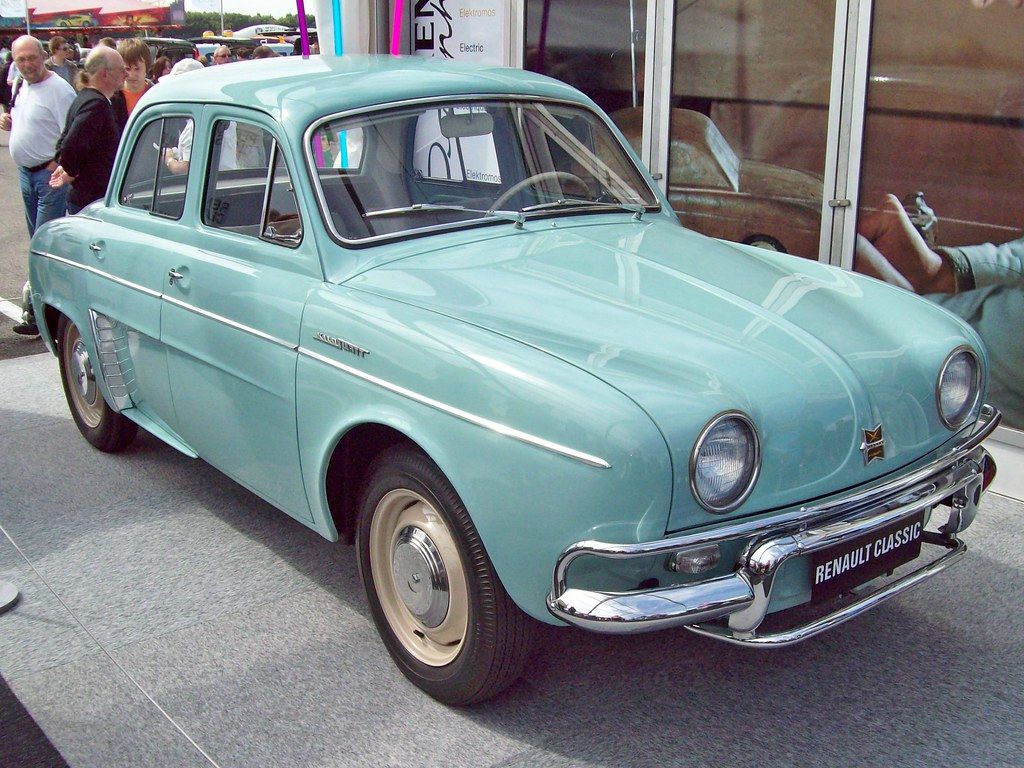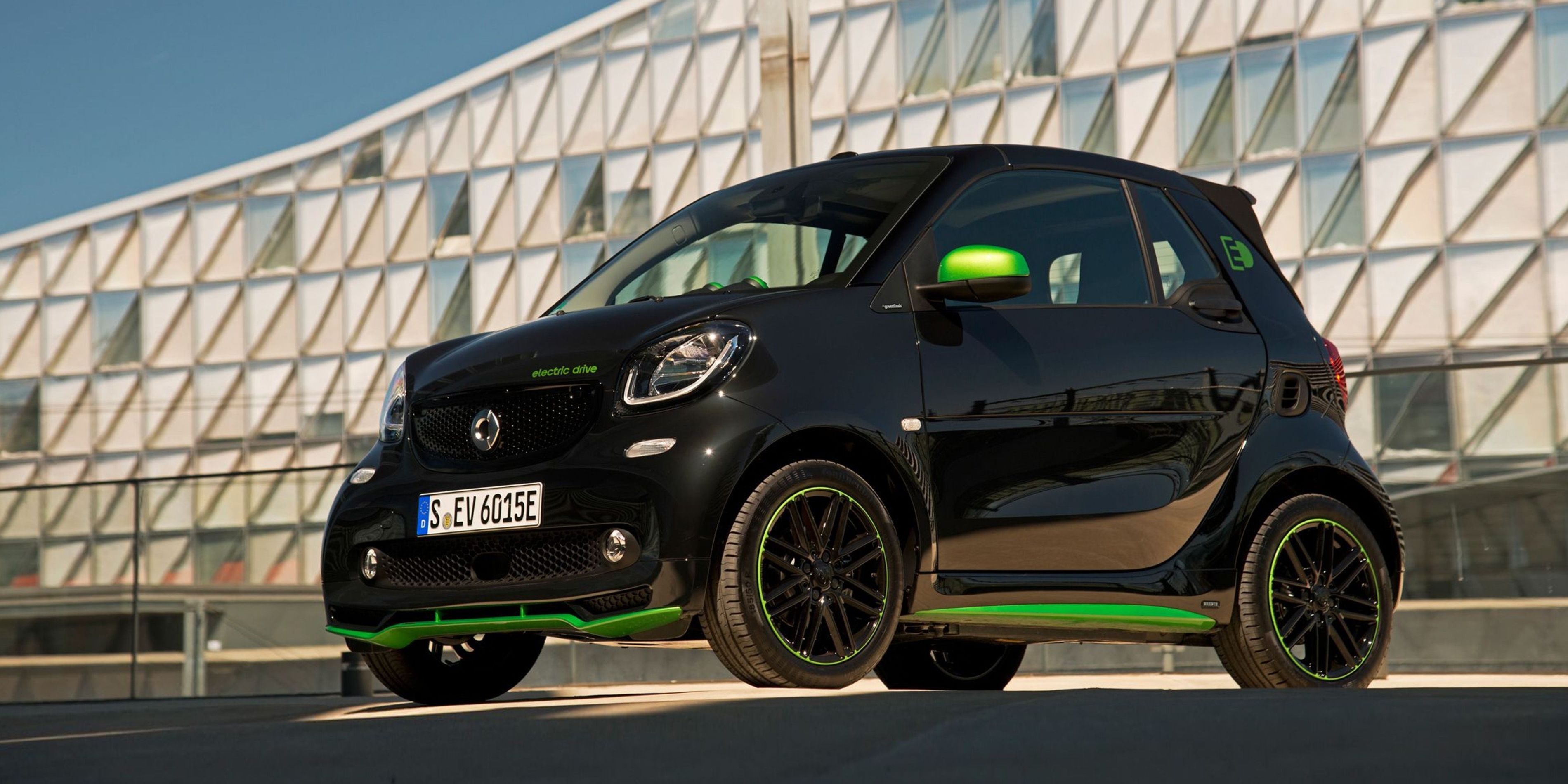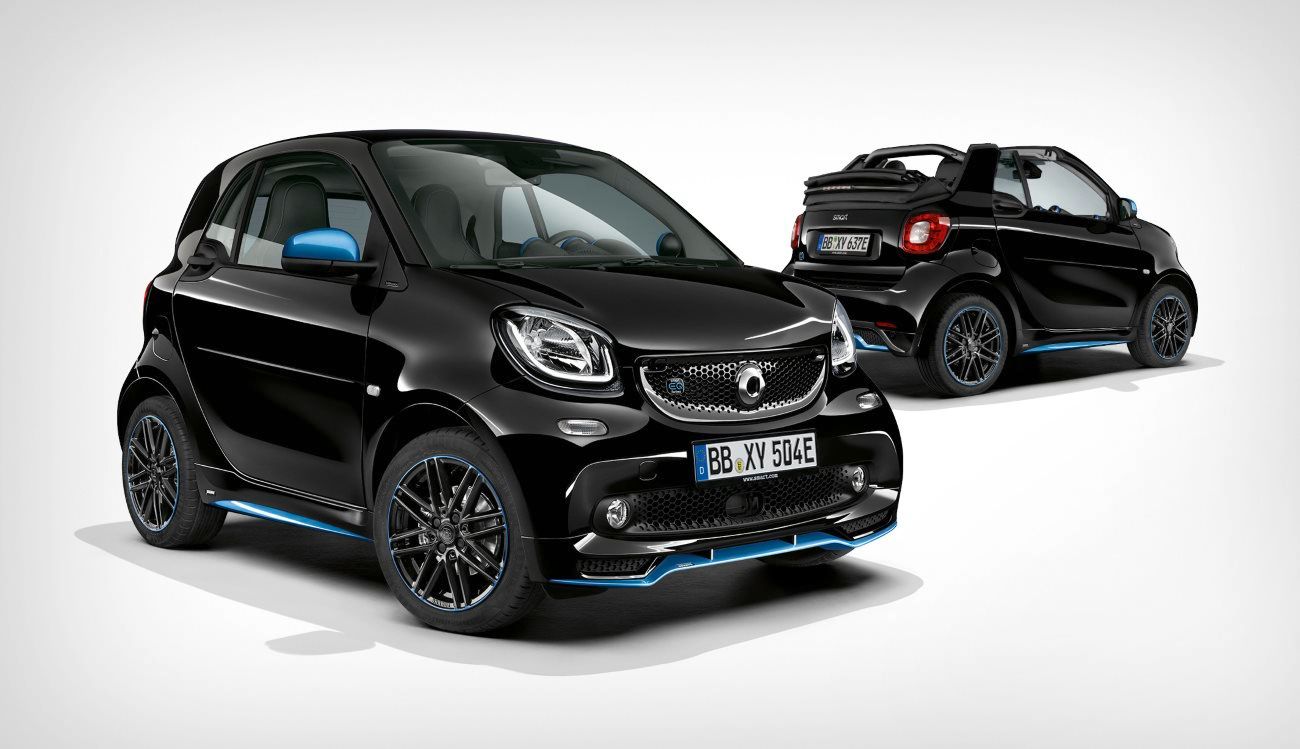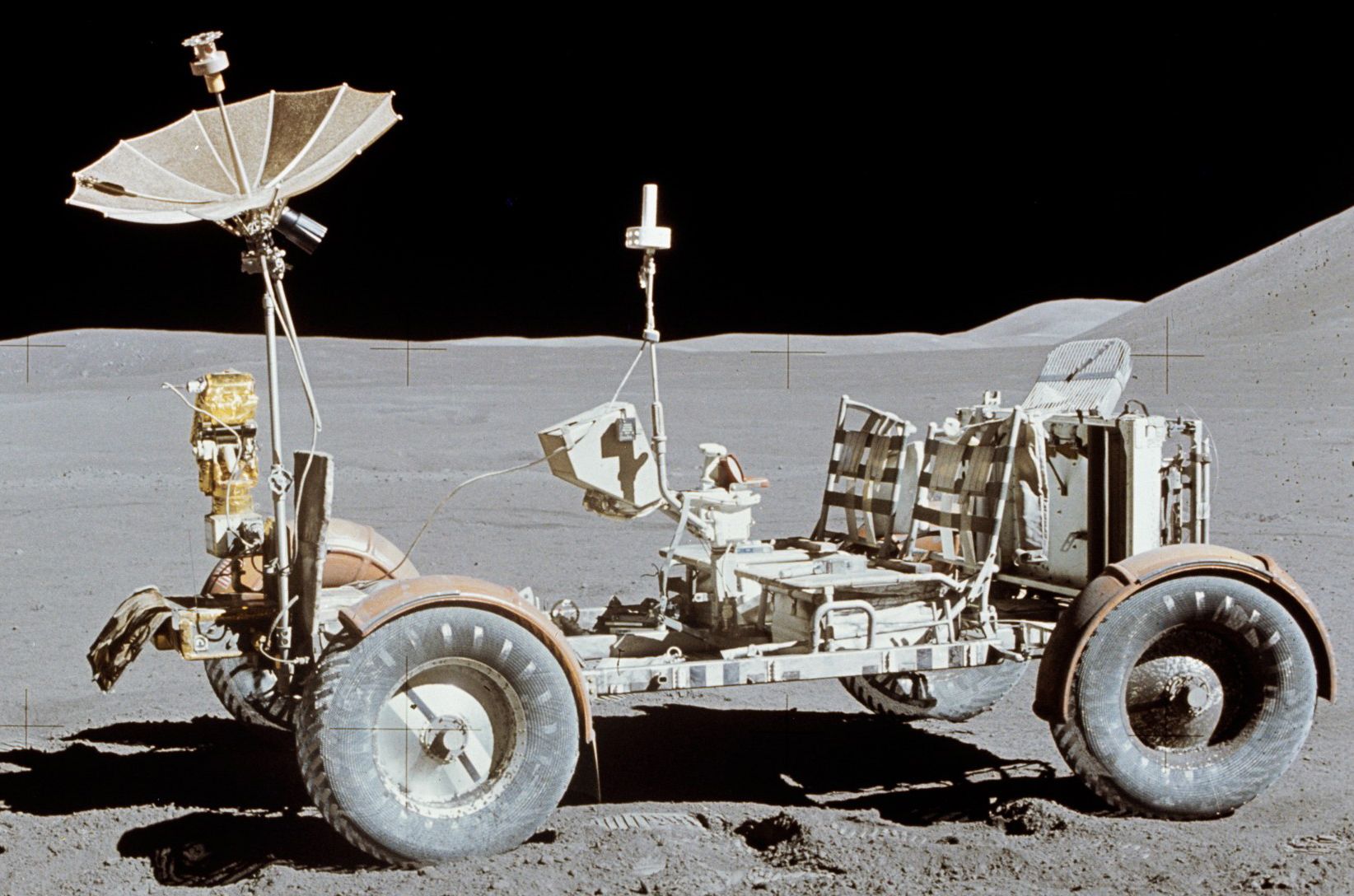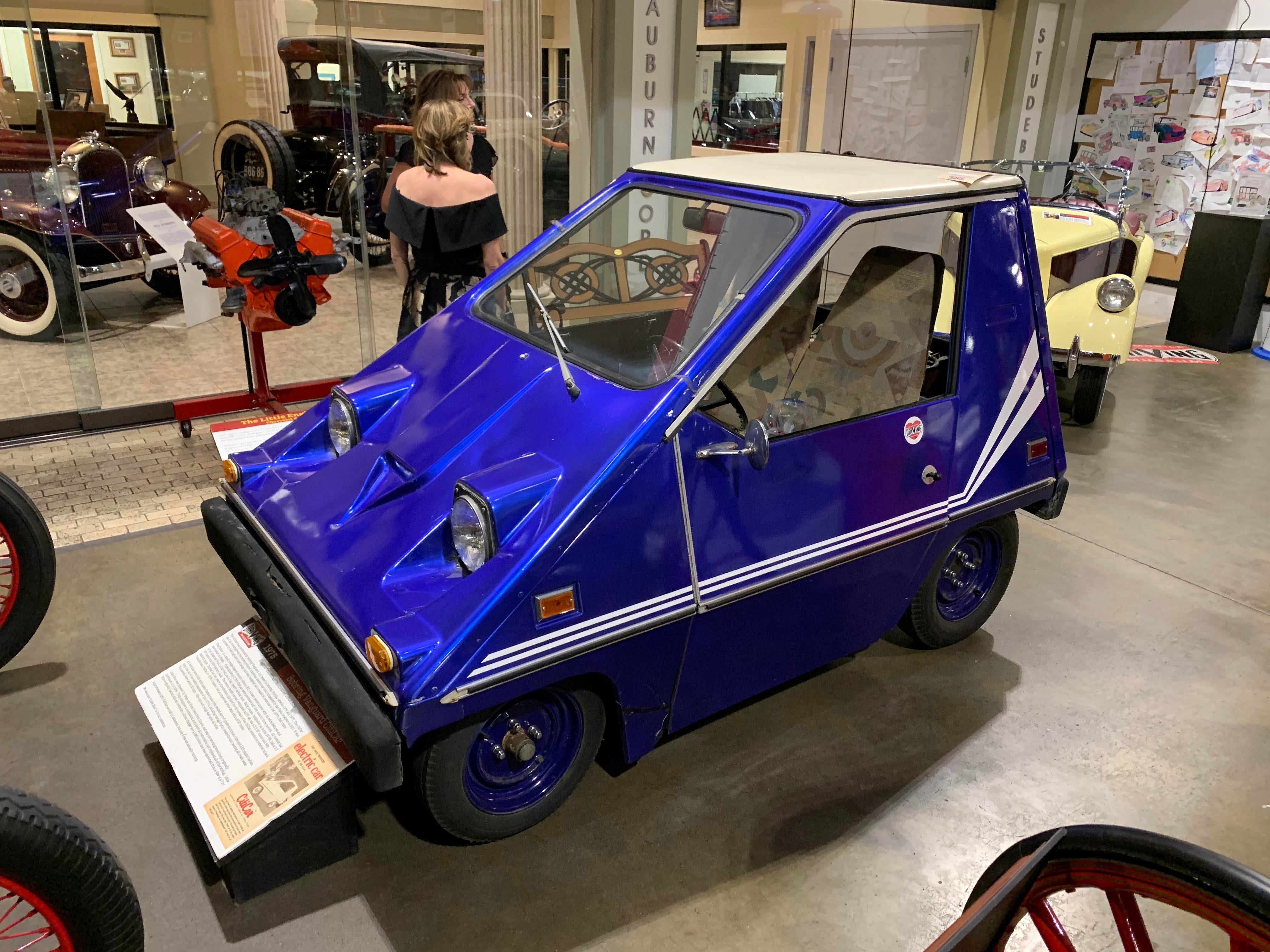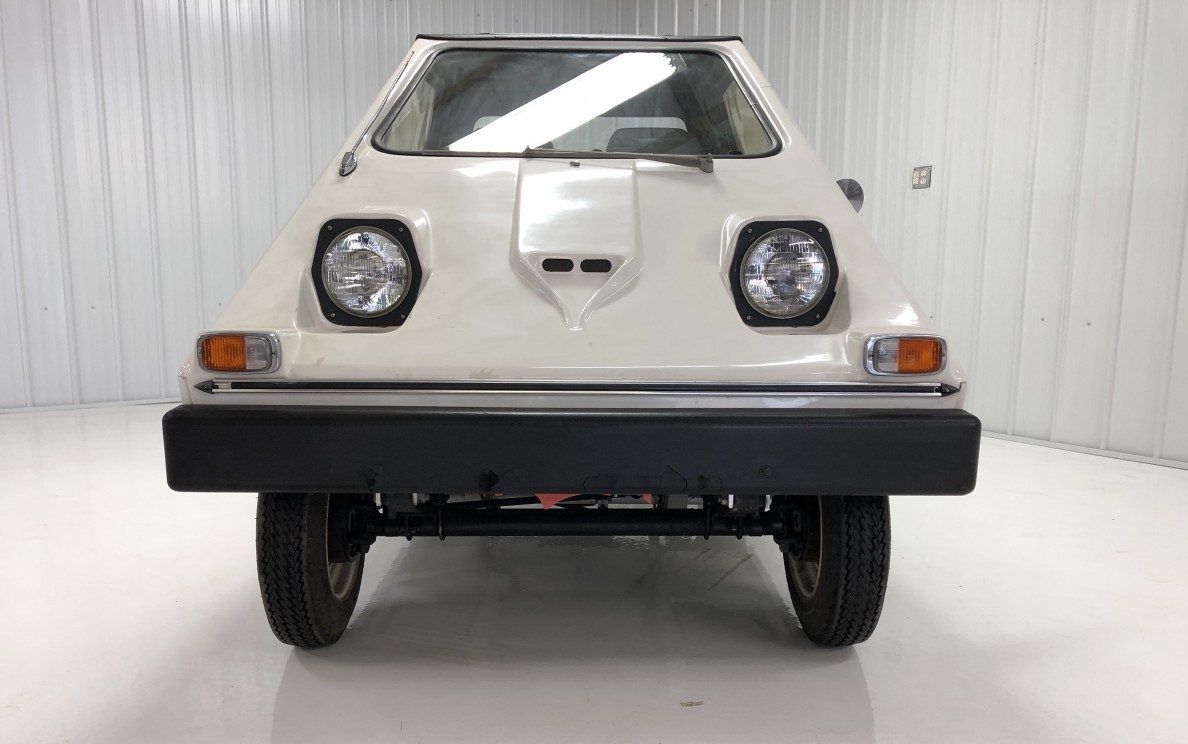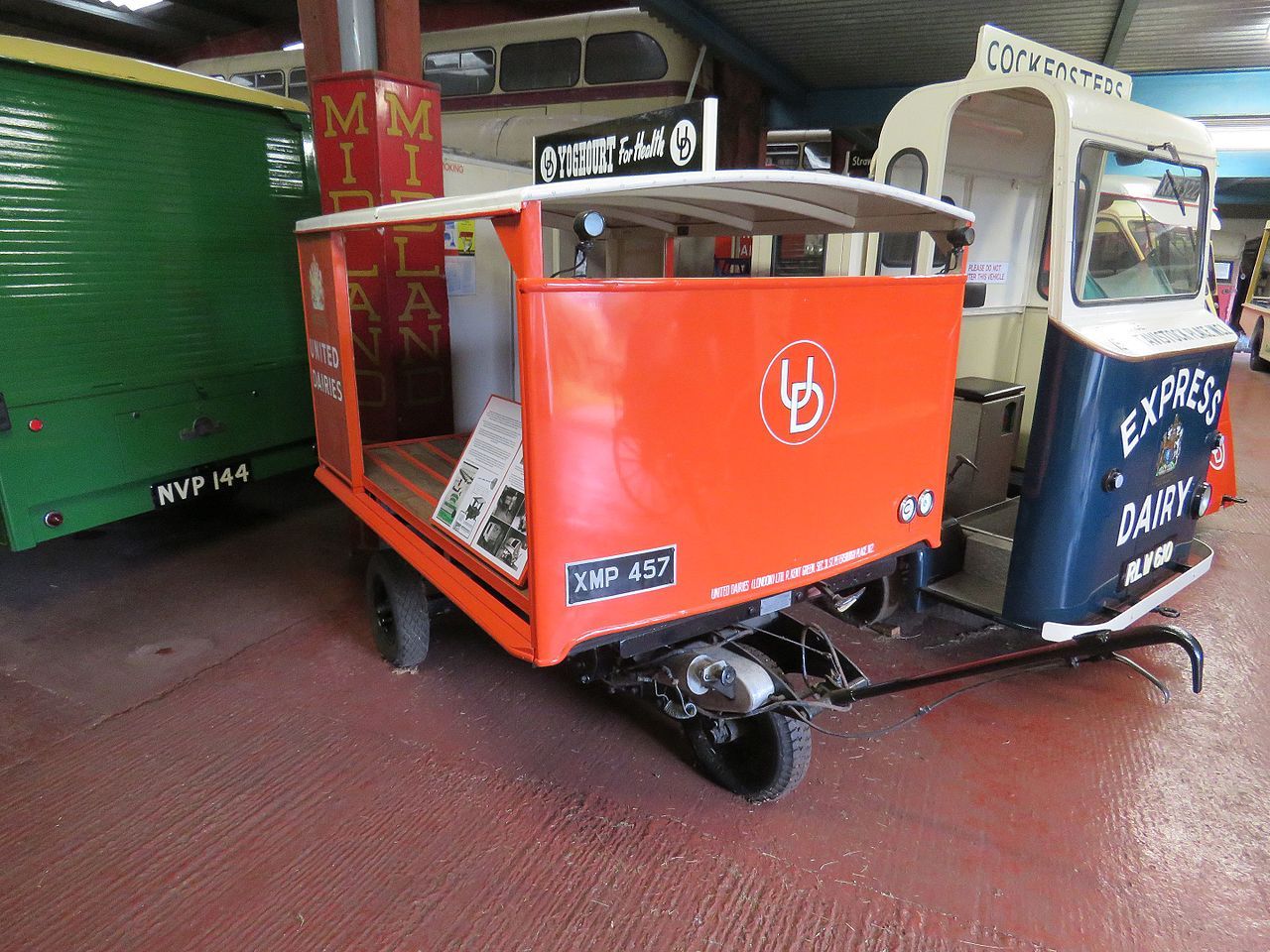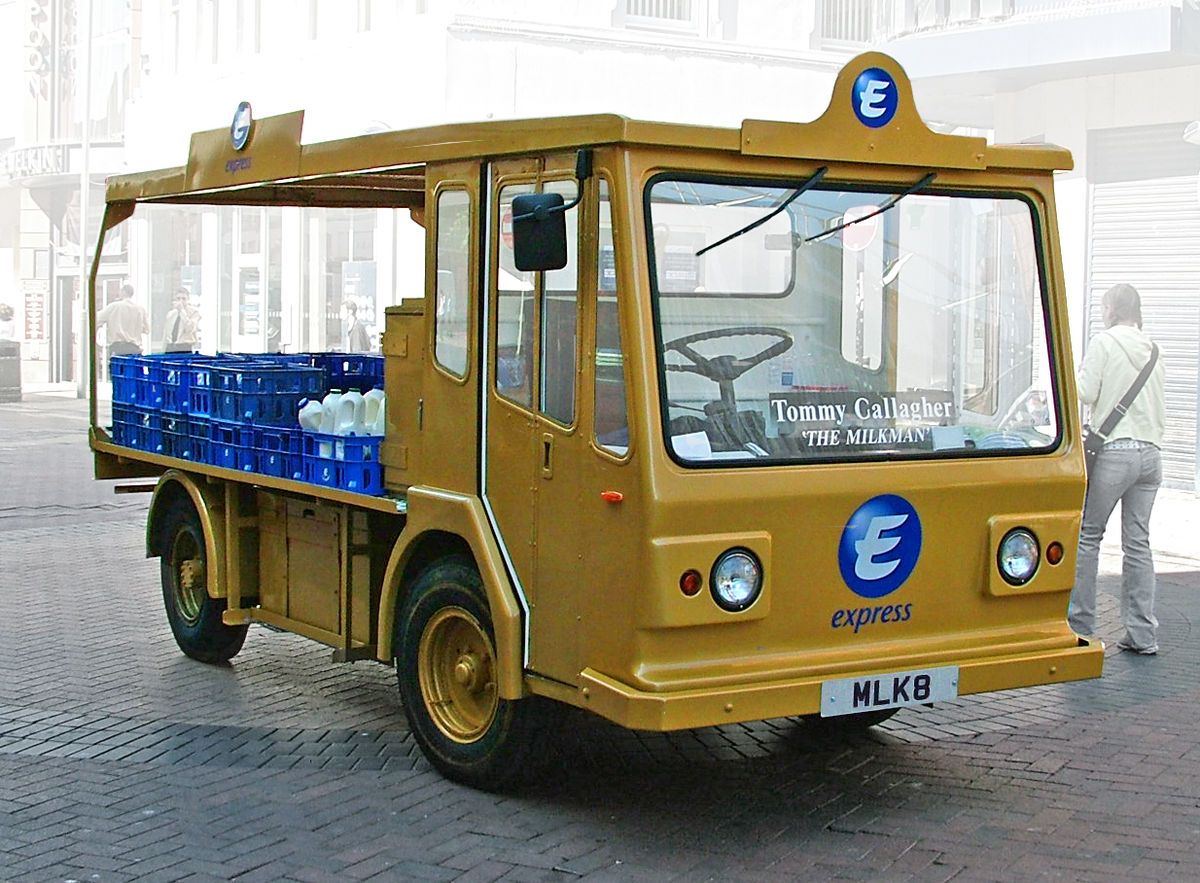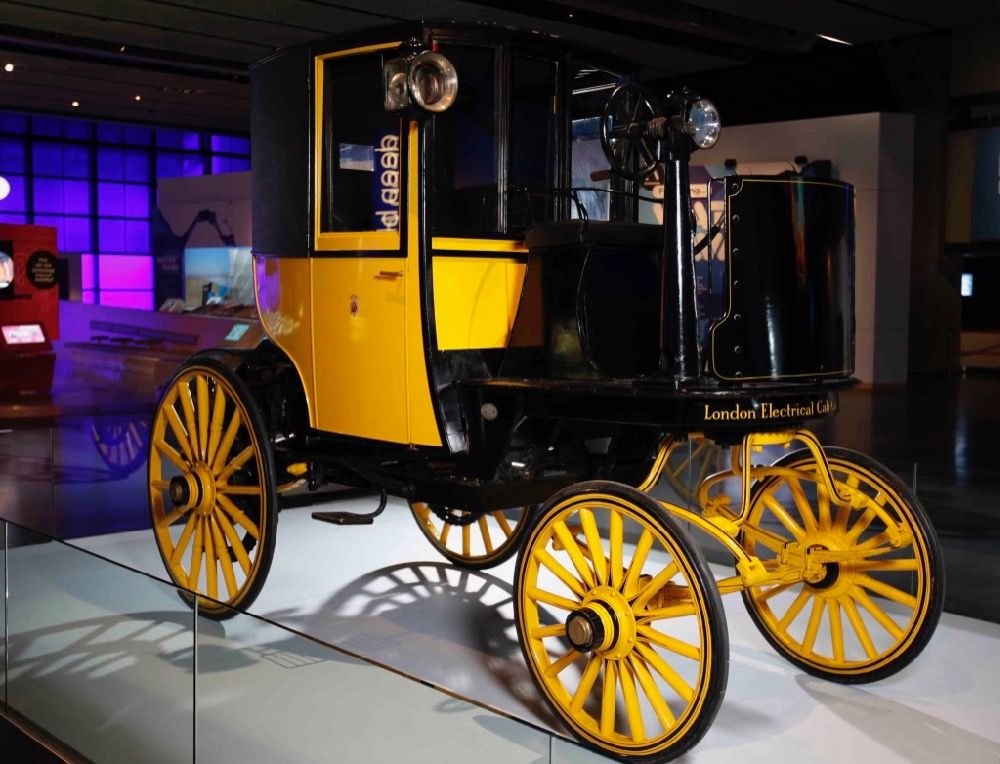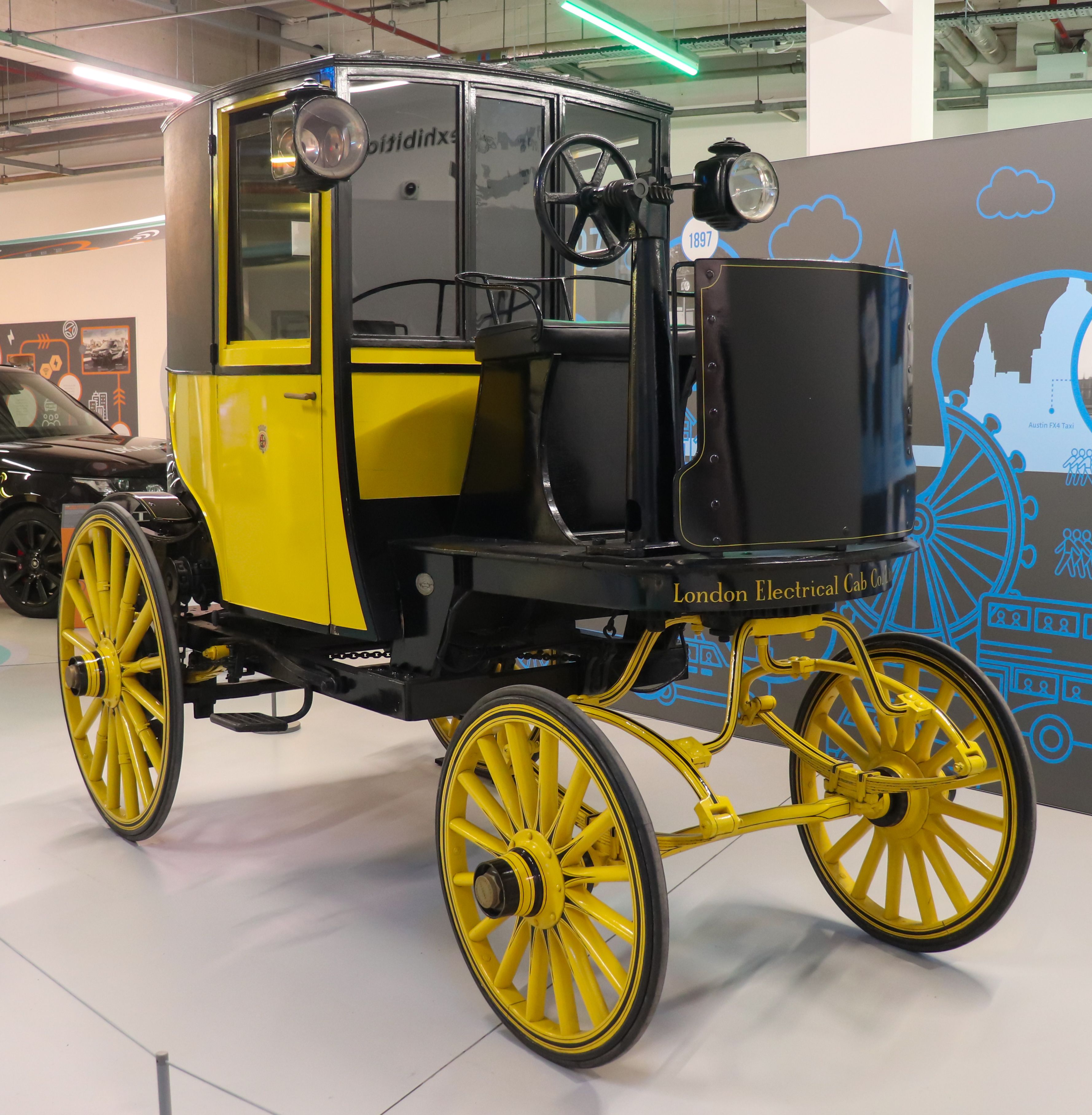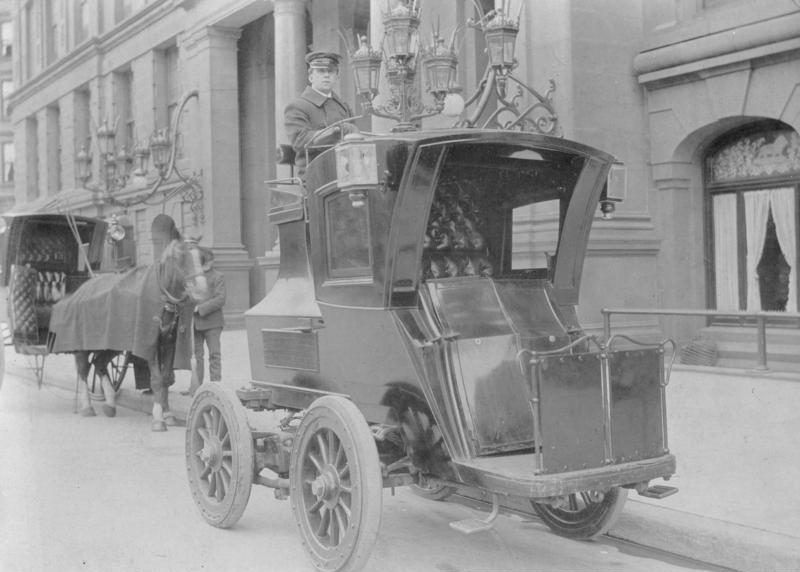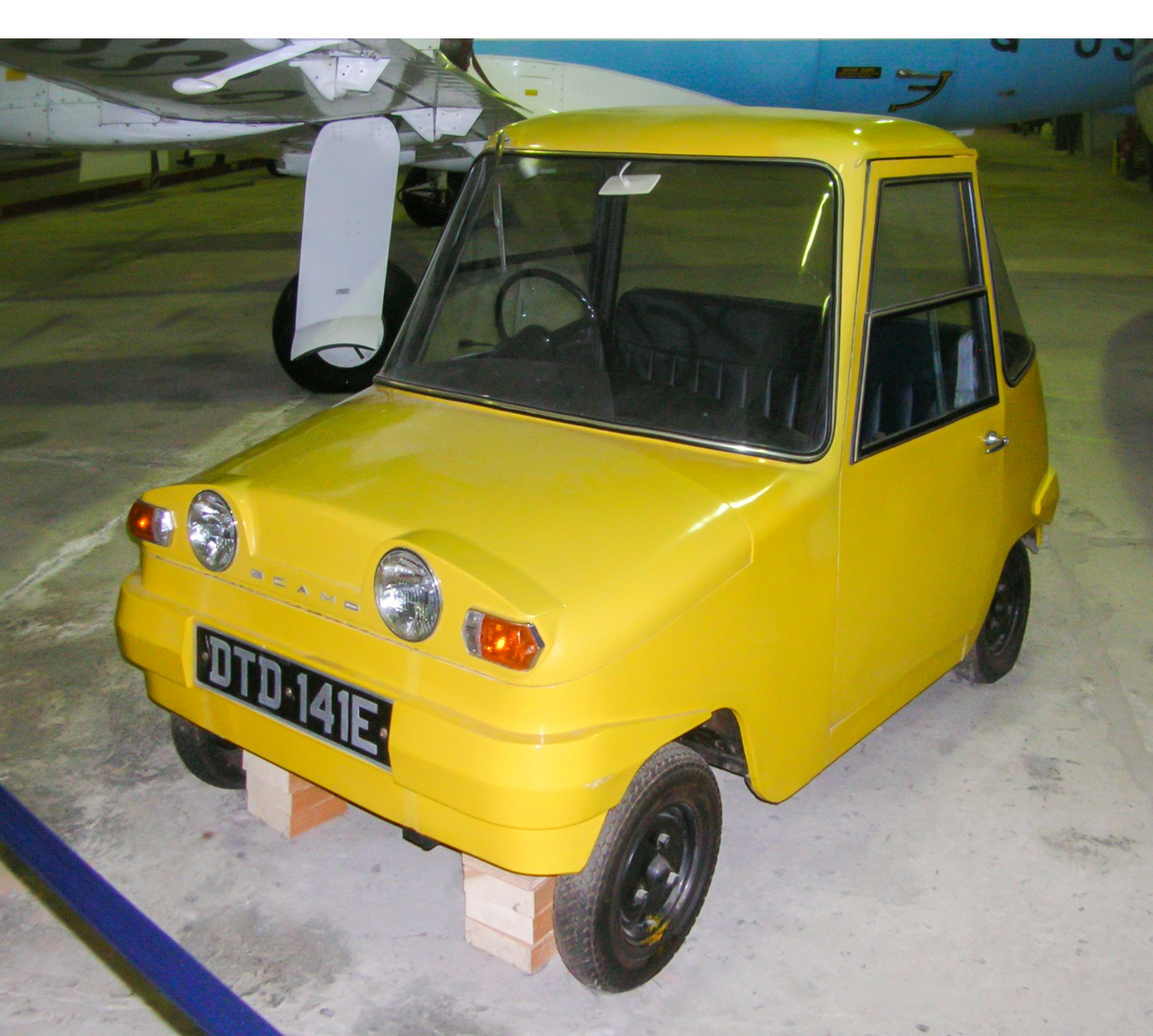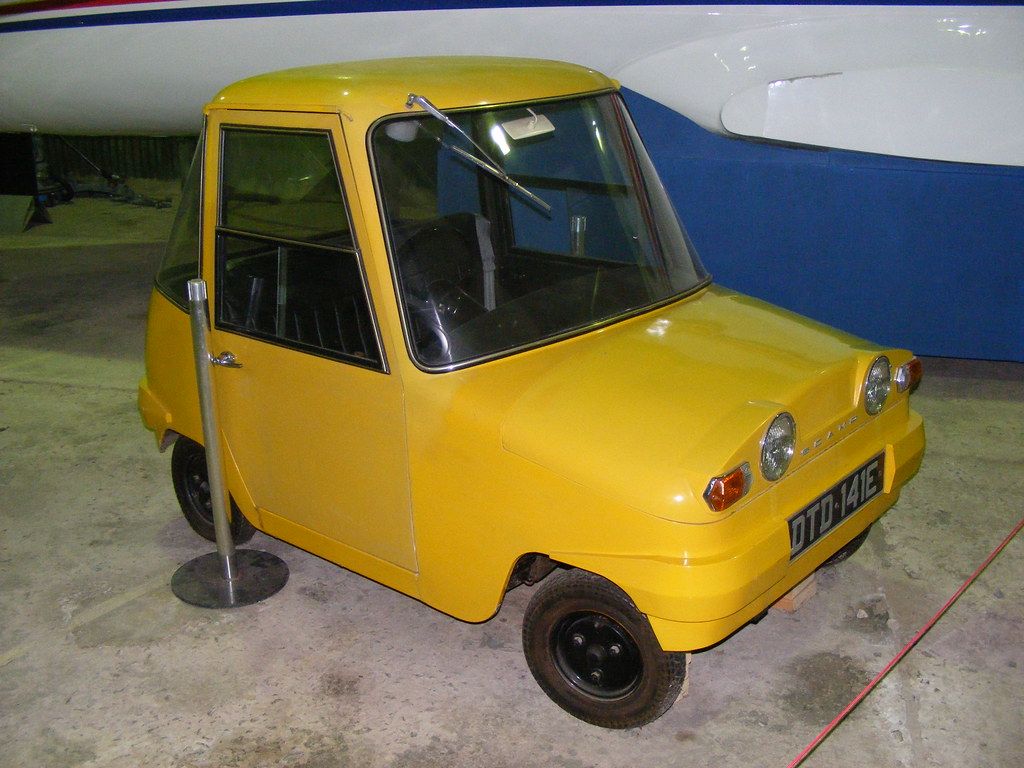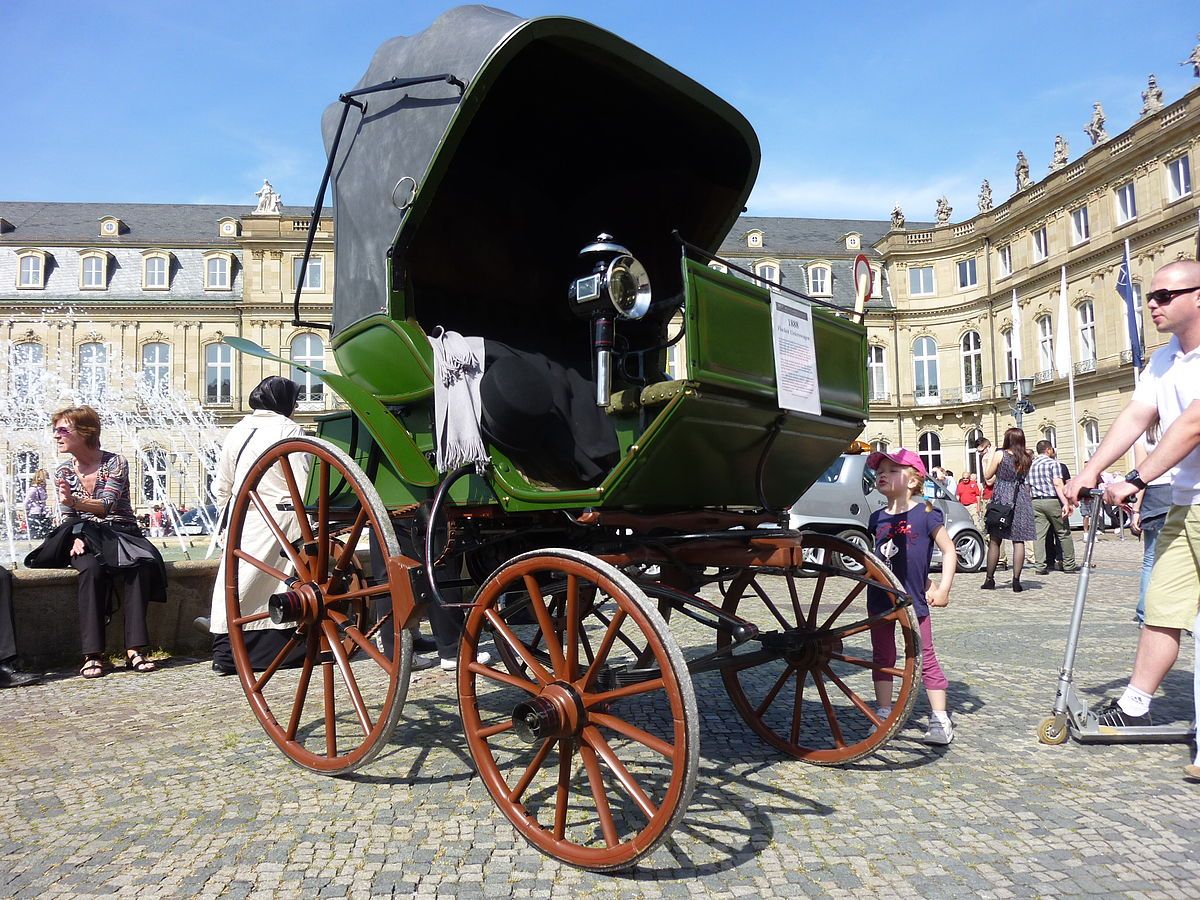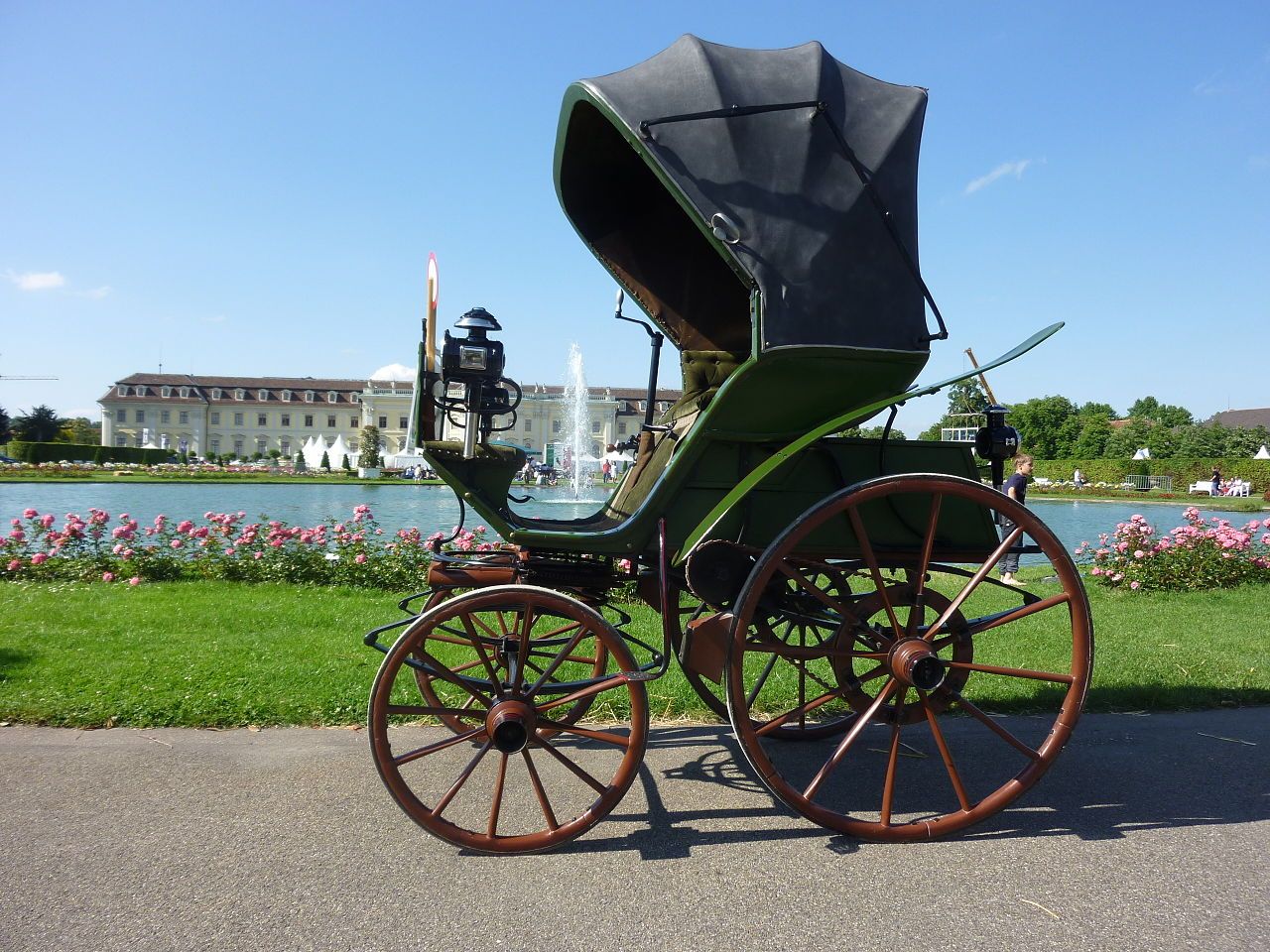Electric Vehicles have come a long way since they were first produced in the late 19th century. At one point, it appeared that electric-powered cars might be the dominant car on the road but this title was stripped from them when gasoline cars improved. Although EVs had a lot of advantages over early gasoline cars, such as offering a smoother ride less maintenance, their major flaw was a lack of range.
While modern EVs like the Tesla Model S boasts ranges of 335 miles, some of the early EVs would have had trouble completing a marathon. Perhaps most surprising even some newer EVs have short ranges, however, this is likely due to the fact that they are designed to be city cars. The following is a list of the EVs with the shortest ranges.
10 Chevrolet S10 EV (range - 72 miles)
The Chevrolet S10 EV was ahead of its time. Although the S10 EV looks like a standard Chevy S10, it was an electric-powered vehicle. The pickup was only produced from 1997 to 1998. The S10 EV had two different options for its batteries, lead-acid or nickel-metal hydride battery packs.
These battery packs were located beneath the pickup bed. The truck could be charged with an inductive charging paddle or through the charging port behind the license plate frame. The S10's speed was governed to 70 mph and had an acceleration speed of 0 to 50 mph in 13.5 seconds.
9 Henney Kilowatt (range - 60 miles)
Introduced in 1959, the Henney Kilowatt, was the creation of the National Union Electric Company and Henney Motor Company. The car was only manufactured from 1959 to 1960 and wasn't terribly successful in sales. In fact, only 47 of the 100 Kilowatts made were ever sold.
Two different models of the Kilowatt were produced. The 1959 model had a top speed of only 40 mph and a maximum range of 40 miles. This model used a 36-volt system of 18 two-volt batteries. However, the 1960 model had a longer range and higher speed, made possible by its 72-volt system. The 1960 model could reach speeds of 60 mph and travel 60 miles before a charge due to its 12 six-volt batteries.
8 Smart EQ ForTwo Electric Drive (range - 58 miles)
While most of the EVs with poor range are older cars, the Smart EQ Fortwo Electric Drive is a newer car. The EQ is made for a specific purpose though, driving around the city. For drivers interested in going on cross-country road trips, the EQ would not be a great option. The EQ has only enough room for two passengers and only enough charge to travel about 58 miles.
However, for the driver that just wants a car to go to work or run local errands, they might benefit from the EQ. The small size of the EQ enables drivers more options parking in crowded cities than they would with a larger car. In addition, the EQ is relatively inexpensive for an EV, costing between about $12,800 to $16,600 dollars.
7 Lunar Roving Vehicle (range - 57 miles)
Although drivers are unlikely to see a lot of the cars on the road in this list, the Lunar Roving Vehicle is by far the least likely. The LRV was first used in 1971 by astronauts from Apollo 15. The 460-pound vehicle was designed to carry two astronauts and a total of 1,080 pounds.
Designed by Boeing and General Motors, the LRV could reach a top speed of 11.2 mph, although it would usually never go above 8 mph. The short-range of the LRV was sufficient for most of the missions that astronauts would go on since they were never traveling more than 18 miles from their station.
6 Sebring-Vanguard CitiCar (range - 40 miles)
The Sebring-Vanguard CitiCar may look like a golf cart and that's because it was based on one. The two-seat car was designed in response to the 1970s fuel crisis. If the fuel crisis had lasted longer, the CitiCar might have been even more successful but it did have some major flaws. From its short range of only 40 miles to its top speed of only 30 to 50 mph, the CitCar had a lot of major flaws.
Several models of the CitiCar were produced from 1974 to 1977. Despite its flaws, at a total of 4,444 CitiCars manufactured, making the CitiCar the most produced EV in North America until the Tesla Model S.
5 Graiseley Electric Vehicles (range - 35 miles)
Produced in the 1930s in Wolverhampton, England, the Graiseley Electric Vehicles were used as commercial vehicles. In particular, the Graiseley EV often served the role of a milk float. The task of a "milk float" was to deliver fresh milk to homes throughout Europe. Initially, milk floats were only horse-drawn carriages but with the development of battery electric vehicles, most countries in Europe adopted electric-powered milk floats like the Graiseley Electric Vehicle.
The practice of EV milk floats is still used in Europe. Milk floats don't usually require high performance, making a vehicle such as the Graiseley EV more than sufficient for the job.
4 Bersey Electric Cab (range - 35 miles)
The Bersey Electric Cab was one of the first EVs and likely the first electric taxis in London. This cab could reach a top speed of 12 mph and carry a maximum of two passengers. A total of 77 were produced, starting in 1897. Despite being an innovative technology, they required high maintenance due to heavy wear on their batteries and tires.
Due to these costs, eventually, it was decided that the vehicles were not profitable. As a result, by August 1899, they had been withdrawn from service. The next time that an electric cab would be seen in service in London would be not until October 2019 in the form of the Nissan Dynamo.
3 EVC Hansom (range - ~20 miles)
During the late 19th century, the Electric Vehicle Company was a major manufacturer of electric-powered taxis in the U.S. The EVC Hansom cab was one such vehicle and would be the first electric taxis in the U.S. Their design actually come from a horse-drawn carriage. Several hundred Hansom cabs were produced and dozens were used in Manhattan.
The range of the Hansom cab was limited and as a result, it required a network of stations for recharging. Taxis have come a long way from the taxis of the late 19th century, such as the Prius taxis.
2 Scottish Aviation Scamp (range - 18 miles)
The Scottish Aviation Scamp was a microcar designed between 1964 and 1966. The Scamp could go from 0 to 30 mph in 10 seconds and only had a top speed of 36 mph. Designed for the city, the Scamp only had a range of 18 miles. Only a total of 12 cars were ever constructed because the car had several weaknesses. The suspension was not considered effective and the battery life performance was poor.
Although the Scamp had a lot of flaws, it would serve as a predecessor to many of the urban dedicated EVs that would emerge in the future.
1 Flocken Elektrowagen (range - ~16 miles)
The Flocken Elektrowagen looks like a combination of a carriage and an EV and that's because that's exactly what it is. The Elektrowagen is according to many scholars, the first EV. Designed, in 1888, the Elektrowagen was created during a time in which it appeared that electricity would be the automobile propulsion of the future. At the time EVs offered a lot of major advantages of the gasoline cars of the time.
Advances in international combustion technology and the development of mass production by companies such as Ford made gasoline cars dominant. Despite this, the Elektrowagen was the first mass-produced electric car and was advertised as offering several advantages to gasoline cars such as an odorless, lower maintenance, and smoother ride. Although the Elektrowagen ended up being supplanted by gasoline cars, the current trend might suggest a revival of the EV.

